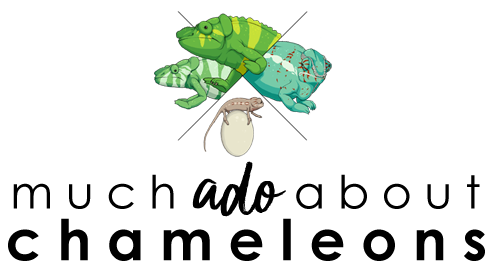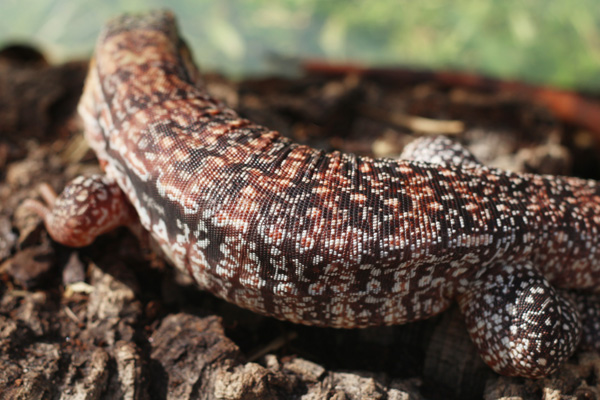Before
anything else, I wanted to take a moment to thank everyone for what is now over
4 years of support for this blog. I cannot believe that the little pet project
I thought no one would ever read has become a blog that receives a quarter million views a year and that generates an inbox full of emailed questions, comments,
and grateful messages of encouragement. Last year I did not write very much due
to work and other priorities but this year I am pushing myself to get back into
blogging, which I so enjoy. And all the encouragement reminds me that I don’t
just write into the void. Thank you again and here’s to another 4 years!
Cheers!
Now, I
wanted to give an example of how relevant something like proper lighting is to reptiles
in general and what an impact it can have on health, even those that
traditionally aren’t given regular UVB access. I’ve explained in other posts
how important UV lighting is, so in this post I just want to tell you a
cautionary tale, as it were, from my time as an intern at the herpetology
department of a major zoo here in Florida. This department had several major
faults that I will not go into, primarily because this isn’t supposed to be an exposé
on what is essentially a department of well-meaning but stifled zoo keepers
mismanaged by a barely competent administration, but also because only one
story is relevant here; the story of why the dart frogs were mysteriously ill.
It is
not apparent to the public, but in this department there were hundreds of dart
frogs in little terrariums lining the walls of all the back rooms, the ones not
visible to anyone but employees. And among these, there were dozens of Golden
poison frogs, Phyllobates
terribilis, in various cages across these rooms. Small, adorable, and
indeed golden in color, these frogs were an important breeding project for the department.
However, over the span of a few weeks some of the frogs had started developing
sores on the palms of their hands, on their noses, and on their thighs. The zoo
veterinarian was doing everything she could think of; she had them change the
substrate in their cages to a more sterile one, and she had them apply an
ointment to the sores as well as a topical antibiotic. But none of this worked,
the frogs were not improving. The sores stayed exactly the same for weeks at a
time.











